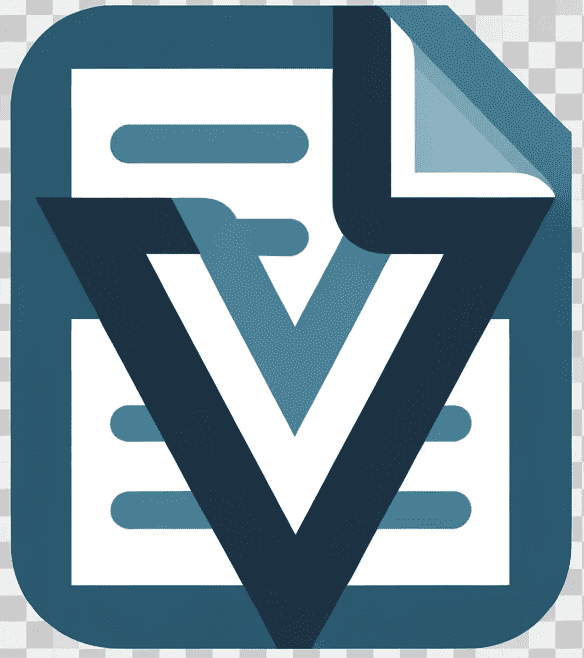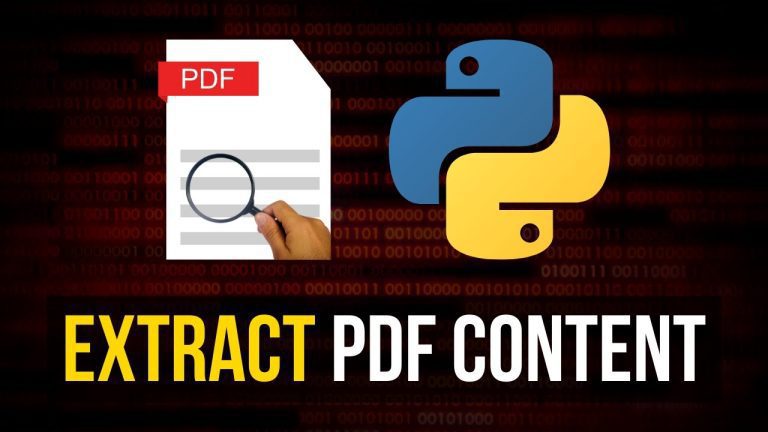El ciclo de vida del software F5: todo lo que necesitas saber
1. Introduction to F5 Software Lifecycle
F5 Software Lifecycle Overview
The F5 Software Lifecycle is a comprehensive framework designed to manage the software development and deployment process for F5 Networks. It encompasses various stages, from initial planning and development to release and ongoing support.
This lifecycle serves as a roadmap for F5 in delivering reliable and secure software solutions that meet the evolving needs of their customers. By following this structured approach, F5 can ensure the quality, consistency, and effectiveness of their software products.
The Key Components of F5 Software Lifecycle
The F5 Software Lifecycle consists of four main stages:
- Plan: In this initial phase, F5 identifies customer requirements and sets clear objectives. This involves gathering information, conducting research, and defining the scope of the software project.
- Develop: Once the planning phase is complete, F5’s development teams begin translating the requirements into actual software code. This involves writing, testing, and refining the software to ensure its functionality and stability.
- Release: Prior to releasing the software, F5 performs rigorous testing and quality assurance procedures to ensure a smooth deployment. This includes identifying and fixing any bugs or issues to deliver a reliable product to customers.
- Support: After the software is released, F5 continues to provide ongoing support and maintenance. This may involve troubleshooting, applying updates and patches, and addressing customer feedback to ensure optimal performance and customer satisfaction.
The F5 Software Lifecycle is a crucial aspect of F5 Networks’ commitment to providing top-notch software solutions. By adhering to this framework, F5 can deliver cutting-edge technologies that meet the demands of their customers in a dynamic and ever-changing marketplace.
2. Key Phases of F5 Software Lifecycle
When it comes to the F5 Software Lifecycle, there are several key phases that play a crucial role in the development and maintenance of F5 software products. These phases ensure that the software meets the highest quality standards and addresses the evolving needs of users and organizations.
The first phase in the F5 Software Lifecycle is the planning phase. This is where the initial ideas and requirements for the software are defined. It involves gathering inputs from various stakeholders and creating a clear roadmap for the development process. During this phase, factors like market analysis, feasibility studies, and resource allocation are taken into consideration to ensure a smooth transition into the next phase.
The second phase is the development phase. This is where the actual coding and programming of the software takes place. Developers work diligently to transform the concepts and requirements into a working software product. This phase requires strong technical skills and attention to detail to ensure that the software is built to perform efficiently and effectively.
Once the development phase is complete, the software moves into the testing phase. This is where rigorous testing and quality assurance processes are conducted to identify any bugs, errors, or vulnerabilities in the software. Testing is done at different levels, including unit testing, integration testing, and performance testing, to ensure that the software meets the desired standards and functions optimally.
Overall, these key phases of the F5 Software Lifecycle are essential in creating and maintaining high-quality software products. Each phase requires specialized skills and expertise to ensure a successful software development process, resulting in reliable and efficient software solutions for F5 customers.
3. Best Practices for F5 Software Development
When it comes to F5 software development, following best practices is essential to ensure efficient and reliable results. Whether you are a beginner or an experienced developer, incorporating these practices into your workflow can significantly enhance the quality of your code and the overall success of your projects.
One key practice is to implement a structured and organized approach to development. This includes defining clear objectives, breaking down tasks into smaller, manageable units, and maintaining proper documentation throughout the process. By structuring your development process, you can easily track progress, identify potential issues, and collaborate effectively with team members.
Another important practice is utilizing version control systems, such as Git, for managing code changes and collaboration. Version control allows developers to track changes, manage different code branches, and easily revert to previous versions if needed. By implementing a version control system, you can ensure code integrity, streamline collaboration, and easily manage codebase updates.
Additionally, prioritizing security in F5 software development is crucial. This includes regularly updating dependencies and libraries, conducting thorough code reviews, and implementing appropriate security measures throughout the development lifecycle. By prioritizing security, you can protect sensitive data, minimize vulnerabilities, and ensure the robustness of your software.
4. Challenges in F5 Software Lifecycle
When it comes to the software lifecycle of F5 products, there are several challenges that organizations may encounter. These challenges can impact the overall efficiency and effectiveness of the software development and maintenance processes.
One of the primary challenges is managing the complexity of F5 software. F5 products often have complex architectures and multiple layers of functionality, which can make it difficult for developers to understand and modify the code. This can lead to longer development cycles and increased costs.
Another challenge is ensuring the quality of F5 software throughout its lifecycle. With frequent updates and releases, it becomes crucial to thoroughly test the software to identify and fix any bugs or issues. This requires a robust testing strategy and dedicated resources, which can be a challenge for organizations with limited budgets or expertise.
Additionally, maintaining compatibility across different versions of F5 software can be a challenge. As new features are added and existing ones are modified, ensuring that all components work seamlessly together becomes critical. This requires careful planning and coordination, especially when integrating F5 software with existing infrastructure or third-party applications.
5. The Future of F5 Software Lifecycle
The future of F5 Software Lifecycle is an exciting topic in the world of technology and software development. As businesses continue to rely heavily on digital infrastructure, F5 Networks is constantly striving to enhance their software offerings and improve the overall lifecycle management experience for their customers.
One key aspect that will shape the future of F5 Software Lifecycle is the integration of automation and artificial intelligence. With the rapid advancement of technology, F5 is embracing automation to streamline processes and improve efficiency. By automating tasks such as software updates, patching, and configuration changes, businesses can save time and resources while ensuring their systems are always up to date.
In addition to automation, the future of F5 Software Lifecycle will also focus on enhancing security measures. With the increasing number of cyber threats and sophisticated attacks, businesses need robust security features that can adapt to the evolving threat landscape. F5 is investing in research and development to strengthen their software’s security capabilities, ensuring that customer data and systems remain safe and protected.
Furthermore, F5 acknowledges the importance of cloud-based solutions in the future of software lifecycle management. As more businesses migrate to the cloud, F5 is working on developing software that seamlessly integrates with cloud platforms, allowing for easy deployment and scalability. This approach enables businesses to leverage the benefits of cloud computing while efficiently managing their software lifecycle.







